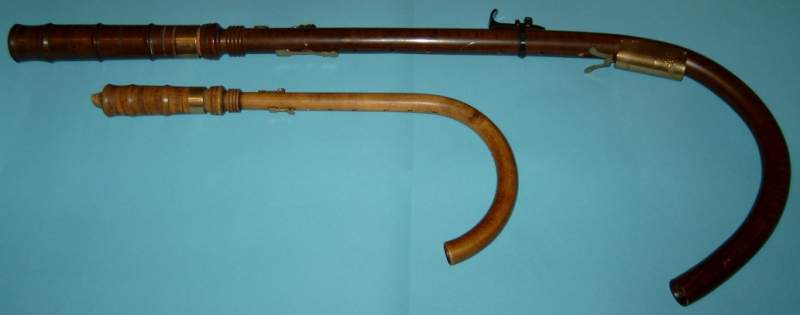Crumhorn
The crumhorn is a double-reed woodwind instrument that was most popular during the Renaissance era. Crumhorns are once again being played in current times, especially since the 1960s, when there has been a resurgence of interest in early music. Additionally, it was written as cremorne, krumhorn, krumhorn, and krummhorn.
A capped reed instrument, the crumhorn. Its structure resembles that of a bagpipe's chanter. A long windcap has a twin reed mounted inside of it. Creating a musical note by blowing through a wind caps slot. By opening or shutting finger holes along the pipe's length, the note's pitch can be changed. The crumhorn has an odd shape; the end is curved upward in a curve that resembles the letter "J." The curve is only ornamental and has no effect on the sound.
Although they are quieter than their conical-bore siblings, the Rauschpfeife and Shawm, crumhorns produce a loud buzzing sound. Theoretically, it is conceivable to get the reed to overblow a twelfth above the fundamental note, but in fact, all playing is limited to the fundamental series because the reed is not retained in the mouth (and even if done, would result in a gap of two notes in the scale on historical instruments). Cross-fingerings can be used to play crumhorns chromatically, with the exception of the minor second above the lowest note.














